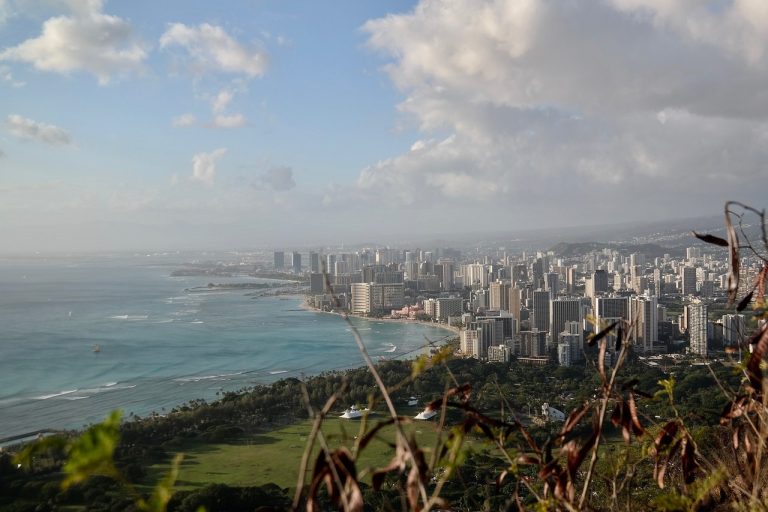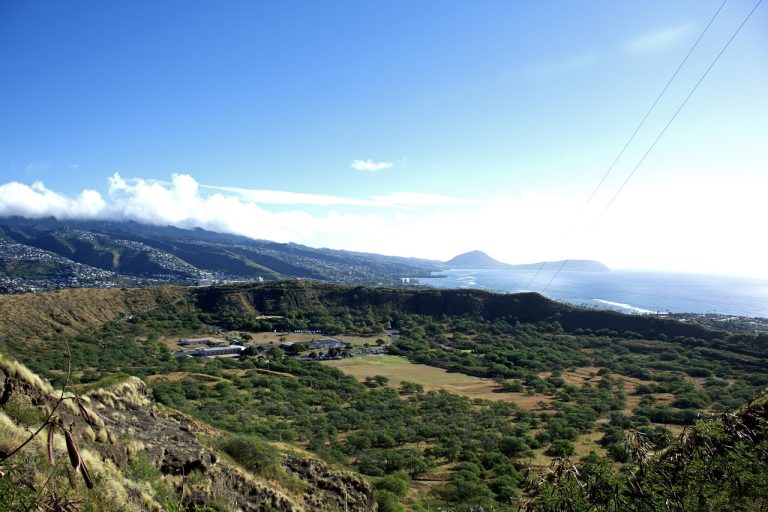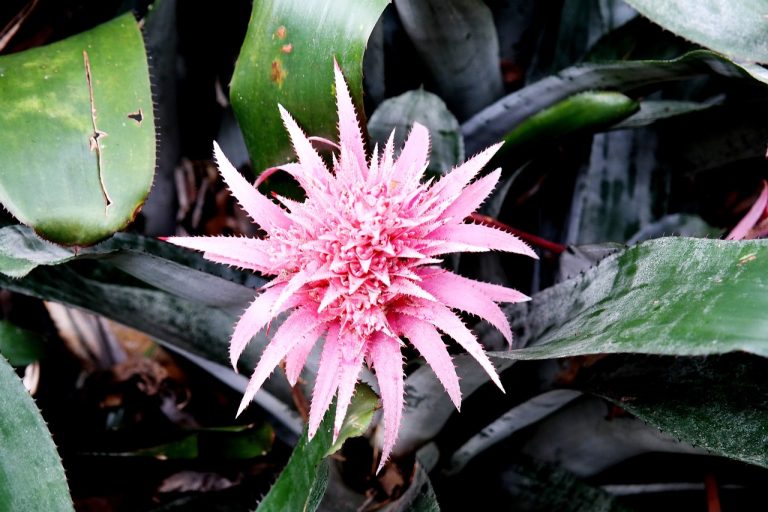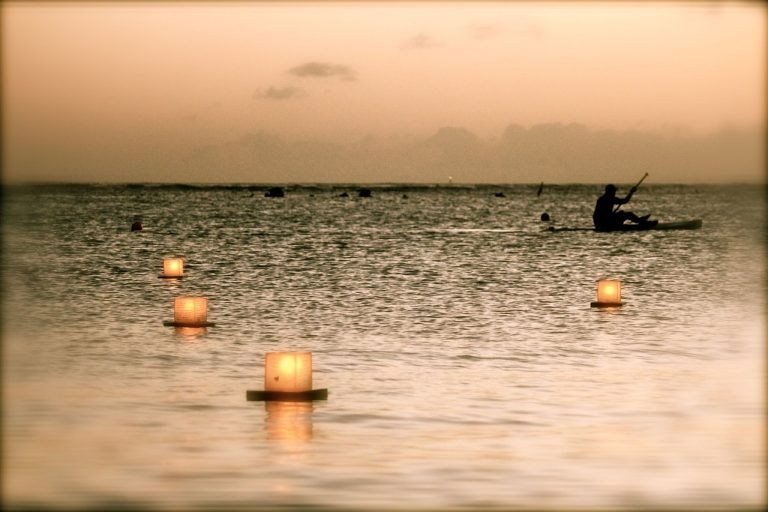Honolulu Hawaii Video
Local Myths and Legends of Honolulu Hawaii
Honolulu, the capital city of Hawaii, is not only famous for its stunning beaches and vibrant culture but also has a rich history filled with intriguing myths and legends. These tales have been passed down through generations, adding to the enchantment of the island. In this article, we will explore some of the most captivating local myths and legends of Honolulu Hawaii.
The Legend of Kaʻahupahau
- Shark Goddess: Kaʻahupahau is a revered figure in Hawaiian mythology. She is believed to be a shark goddess who protected the waters surrounding the island of Oahu. According to the legend, Kaʻahupahau took the form of a beautiful woman and had the ability to control sharks.
- Guardian of Waikiki Beach: It is said that Kaʻahupahau would guard the shores of Waikiki Beach, ensuring the safety of swimmers and fishermen. Locals would offer her gifts and perform rituals to honor her.
- The Shark-Skin Drum: Another fascinating aspect of this legend is the story of the shark-skin drum. It is believed that the sound of this drum would summon Kaʻahupahau and bring her protection to those in need.
The Night Marchers
- Spectral Procession: The Night Marchers, or Huakaʻi Pō, are ghostly apparitions of ancient Hawaiian warriors. According to legend, they march on specific nights, usually during the full moon, along ancient pathways known as “puka” or trails.
- Chanting and Drumming: Witnesses claim to hear the haunting sound of drums and chanting preceding the appearance of the Night Marchers. It is said that those who encounter them must show respect by lying face down on the ground and avoiding eye contact.
- Consequences of Disrespect: It is believed that looking at the Night Marchers directly or disrespecting them in any way can result in a curse or even death. Many locals still adhere to the tradition of staying indoors during the nights when the Night Marchers are said to appear.
Honolulu Hawaii Image 1: 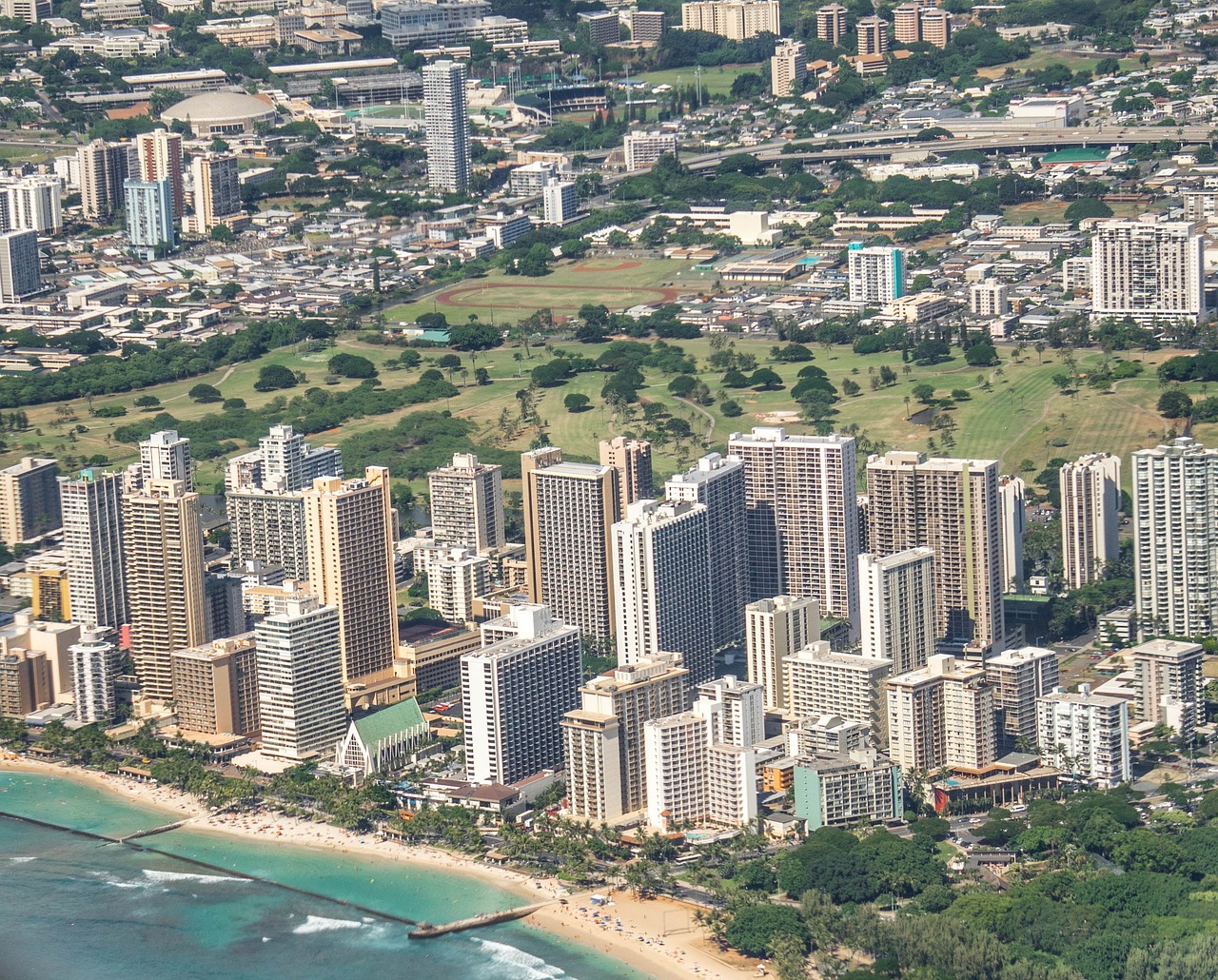
The Legend of Mānā
- Sacred Power: Mānā is a concept deeply rooted in Hawaiian culture and spirituality. It refers to the spiritual energy or power believed to reside in certain places or individuals. It is said that Mānā can be harnessed for both positive and negative purposes.
- Mysterious Forces: Many locals and visitors claim to have experienced strange phenomena in areas with high Mānā. These include inexplicable feelings of awe, unusual coincidences, and a heightened sense of spiritual connection.
- Respecting Mānā: The legend of Mānā teaches the importance of respecting the sacredness of certain places and being mindful of the energy we bring into them. It serves as a reminder to tread lightly and honor the spiritual heritage of the land.
The Nightmarchers Image 2: 
The Legend of Pele
- Goddess of Fire: Pele is the Hawaiian goddess of fire, lightning, wind, and volcanoes. She is known for her fiery temper and is believed to reside in the Halemaʻumaʻu Crater of the Kīlauea volcano on the Big Island of Hawaii.
- Volcanic Eruptions: According to legend, Pele is responsible for the creation and destruction caused by volcanic eruptions. She is said to shape the land and can bring both devastation and renewal.
- Sacred Offerings: Locals offer gifts and respect to Pele to appease her wrath and ensure her protection. It is believed that taking volcanic rocks or sand from the islands as souvenirs can result in bad luck due to Pele’s curse.
The Nightmarchers Image 3: 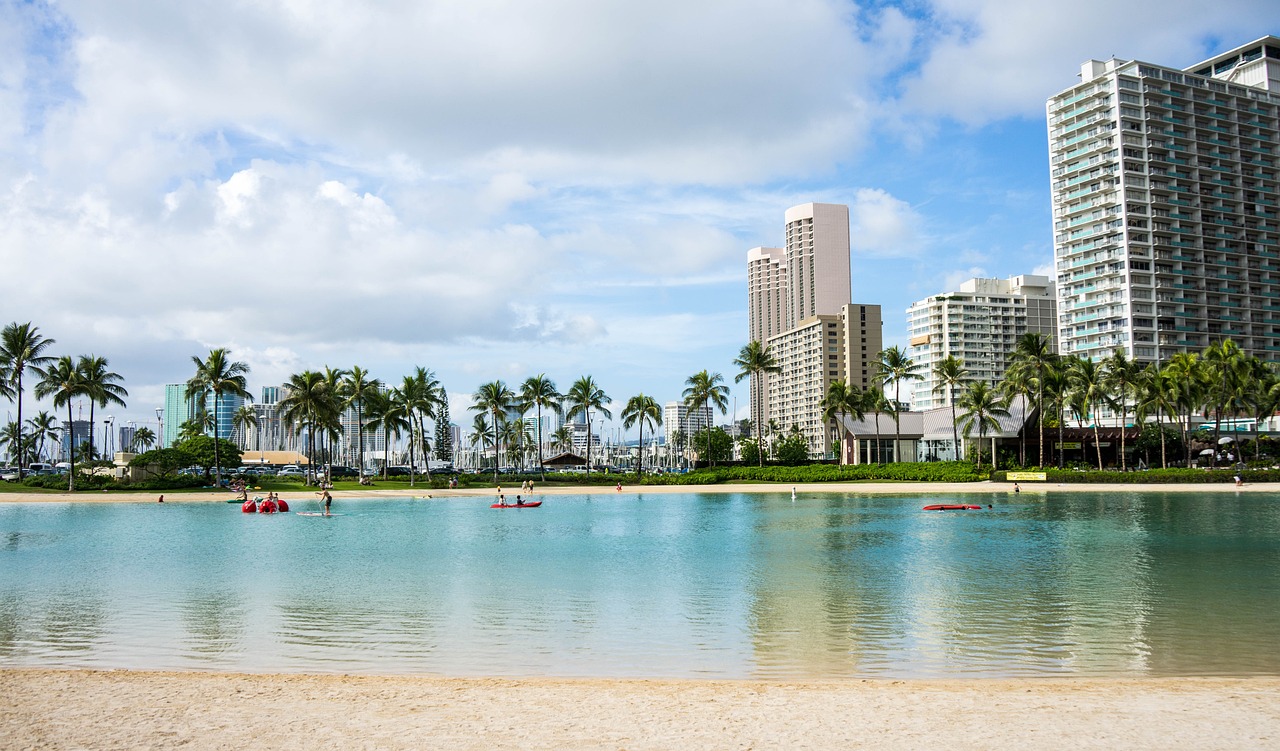
The Legend of the Menehune
- Mythical Little People: The Menehune are legendary small beings in Hawaiian folklore. They are said to be mischievous but skilled craftsmen who built intricate structures and were known for their speed and strength.
- Hidden Communities: According to the legend, the Menehune lived in hidden communities deep in the forests and valleys of the islands. They would work at night, constructing fishponds, temples, and other structures that still puzzle archaeologists today.
- Protective Guardians: The Menehune were believed to be protective guardians of the land and its resources. They would punish those who disrespected nature or harmed their sacred sites.
Conclusion
Honolulu Hawaii is not only a tropical paradise but also a place filled with enchanting myths and legends. These stories provide a glimpse into the rich cultural heritage of the Hawaiian people and add a layer of mystery to the beautiful landscapes. From the shark goddess Kaʻahupahau to the ghostly Night Marchers, each legend offers a unique perspective on the spiritual beliefs and values of the Hawaiian culture.
References
– honolulu.gov
– gohawaii.com
– hawaiimagazine.com
– to-hawaii.com


